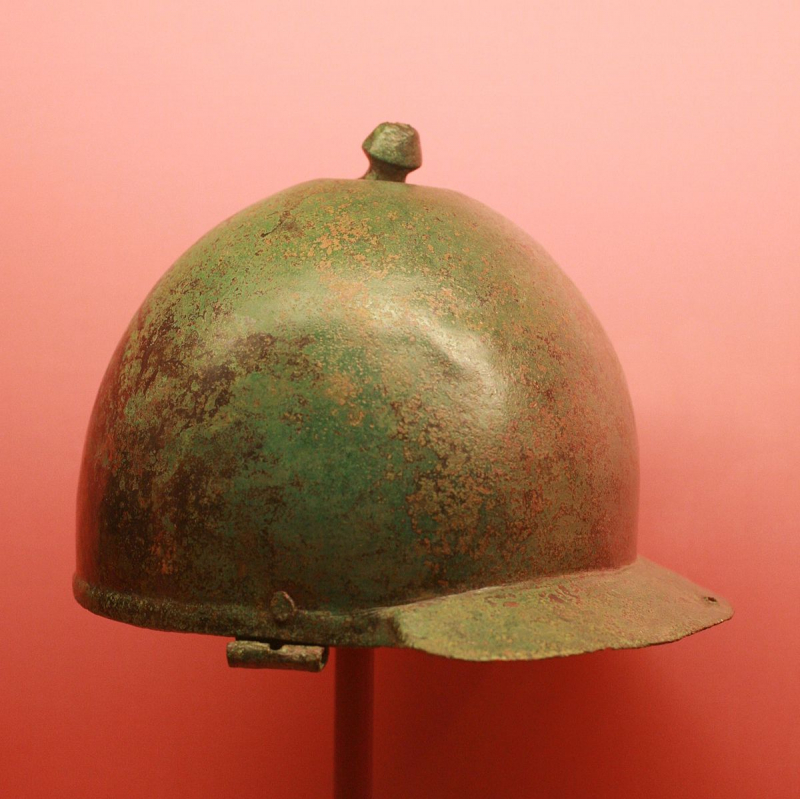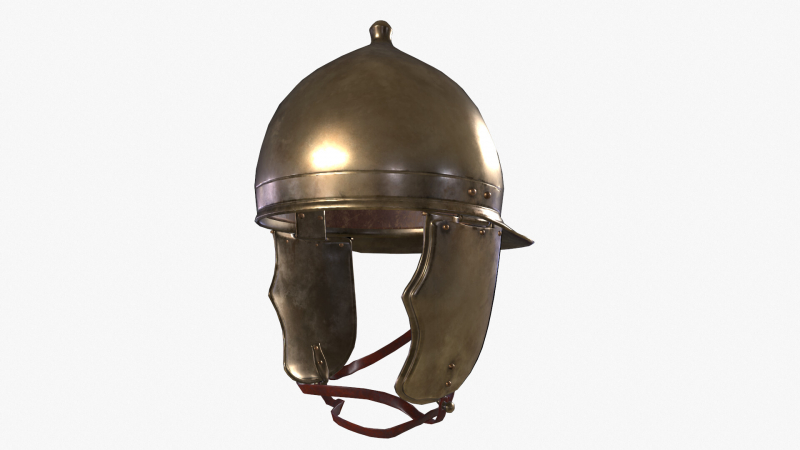Montefortino: The Longest Serving Roman Helmet
Early Roman helmets frequently took inspiration from diverse Italiotes, Etruscans, and other inhabitants of the Italian Peninsula for their designs and aesthetics. This makes it challenging to distinguish and categorize distinctively Roman helmets from the Roman Kingdom and the Early Republic.
However, assuming that Roman soldiers did not wear helmets during those times would be incorrect. This indicates that the Montefortino type is the first style of Roman helmet that can be easily recognized as such. It was created by the Celts, just like many other kinds of Roman helmets. Around 300 BCE, this helmet first entered usage, and it remained in use until the first century CE. The Montefortino helmet is just one example of the many instances of military piracy, and it was the most famous helmets in Ancient Rome which were one of their biggest advantages.
The original Montefortino helmets, so named after the Italian region where they were originally discovered by contemporary archaeologists, were worn by the Celts. Between 300 BC and 100 AD, it was in use, particularly during the Pyrrhic Wars and in opposition to Hannibal's powerful Carthaginian troops.
Though some variations are more conical, it is a straightforward design—a globe split in half. In other circumstances, the helmet's top knob may have served as the anchor for decorations like plumes. The shelf that extends from one side of the helmet is a neck guard rather than a peak. There aren't many cheeks or face protectors left, but holes for fastening them are still present; they might have been made of less sturdy materials.
The helmet was a valued possession for the Celts who invented it, and each one was personally designed and fashioned. Roman specimens can be recognized for their lack of aesthetic appeal because they were mass-produced from brass and engineered to be both efficient and affordable.











